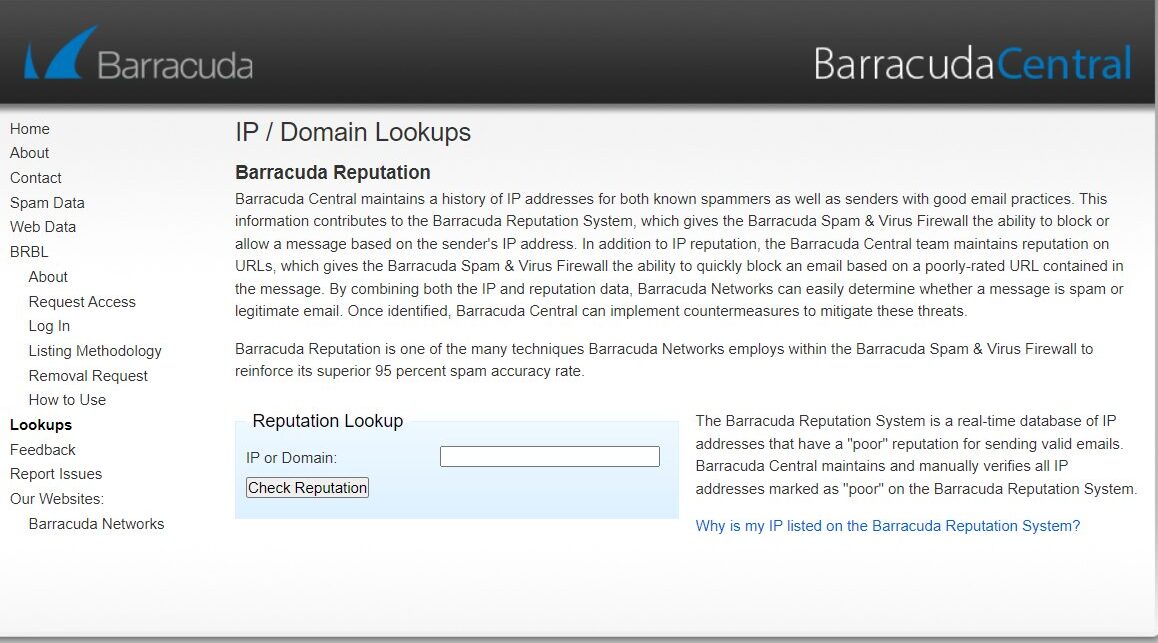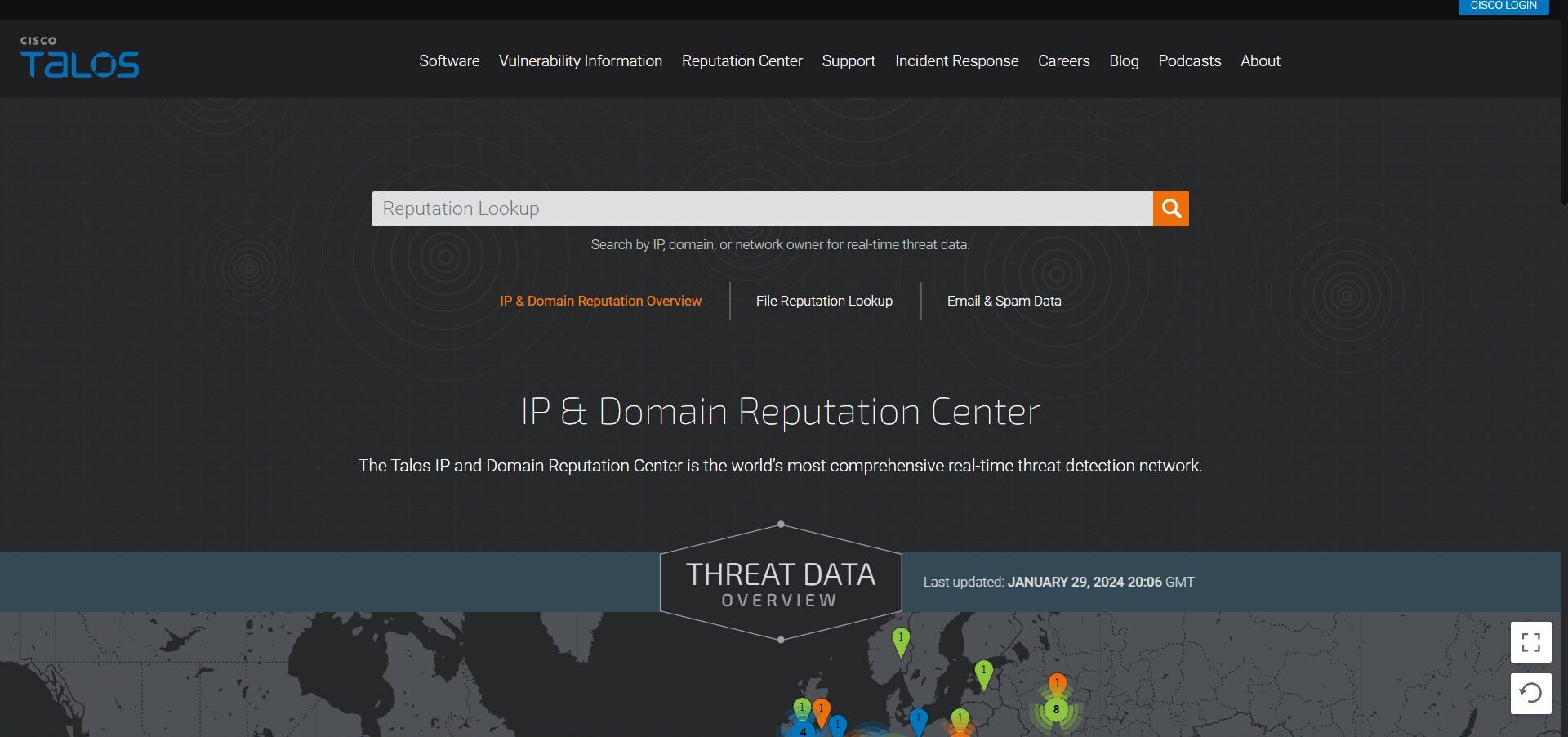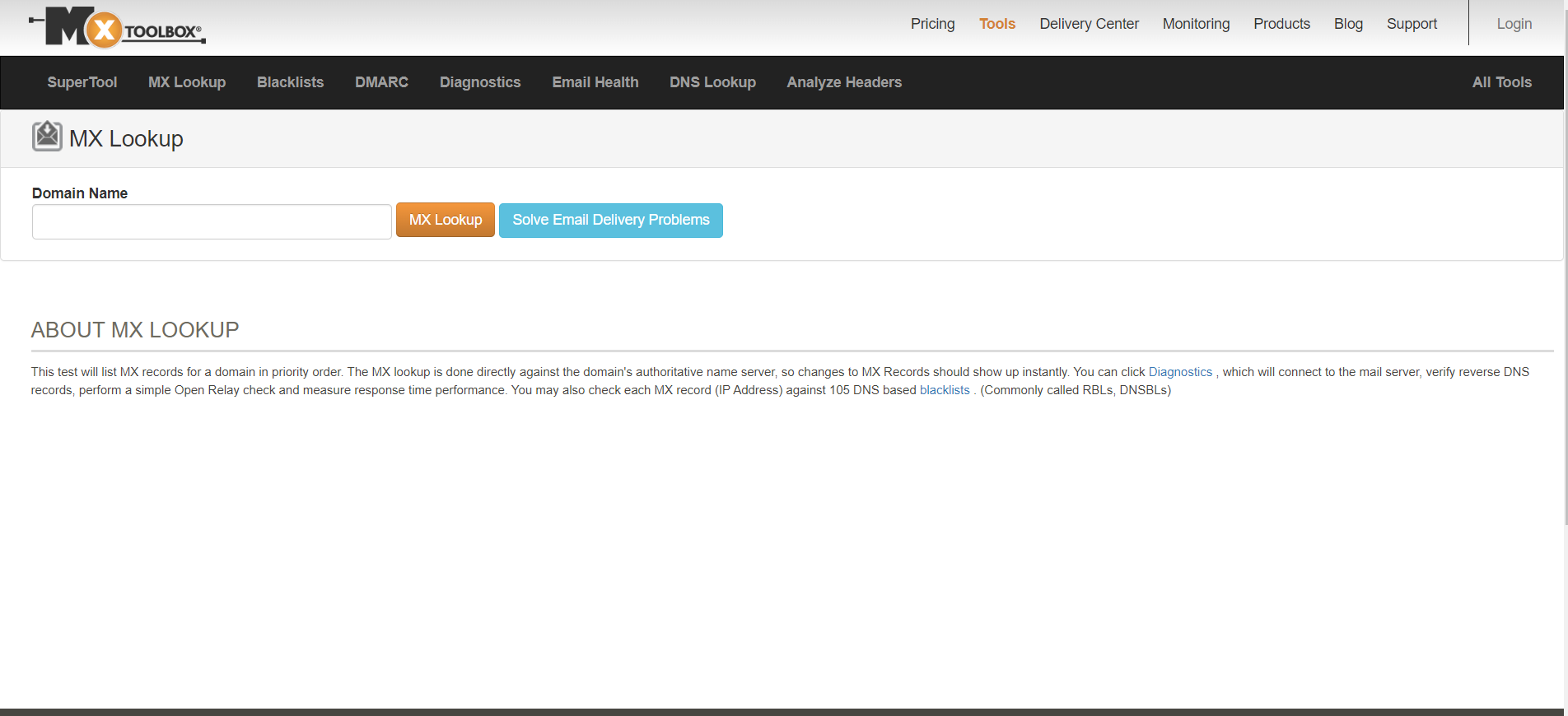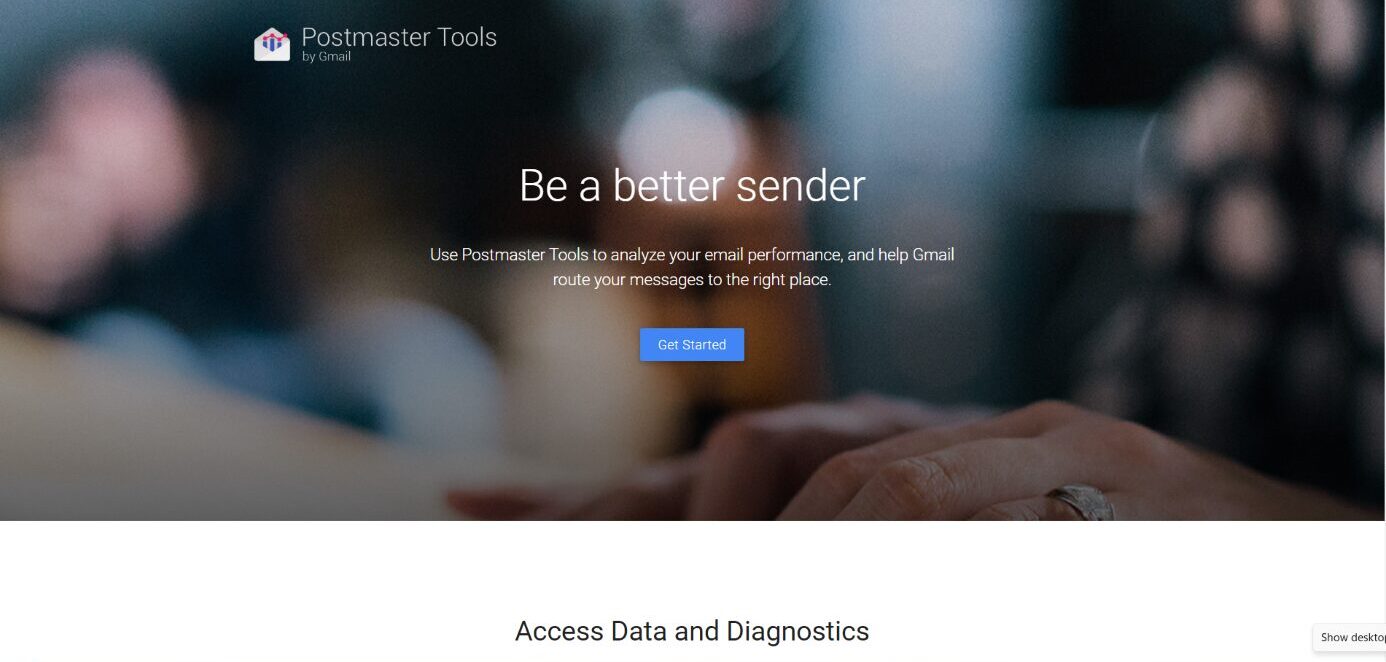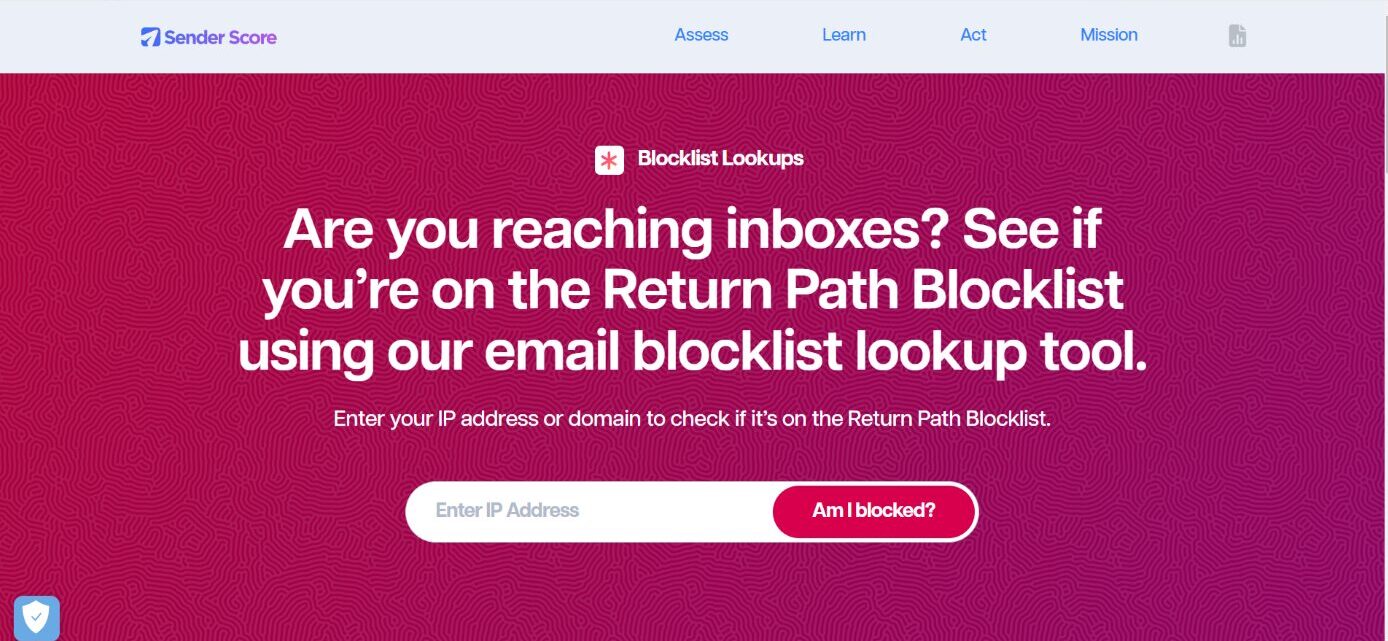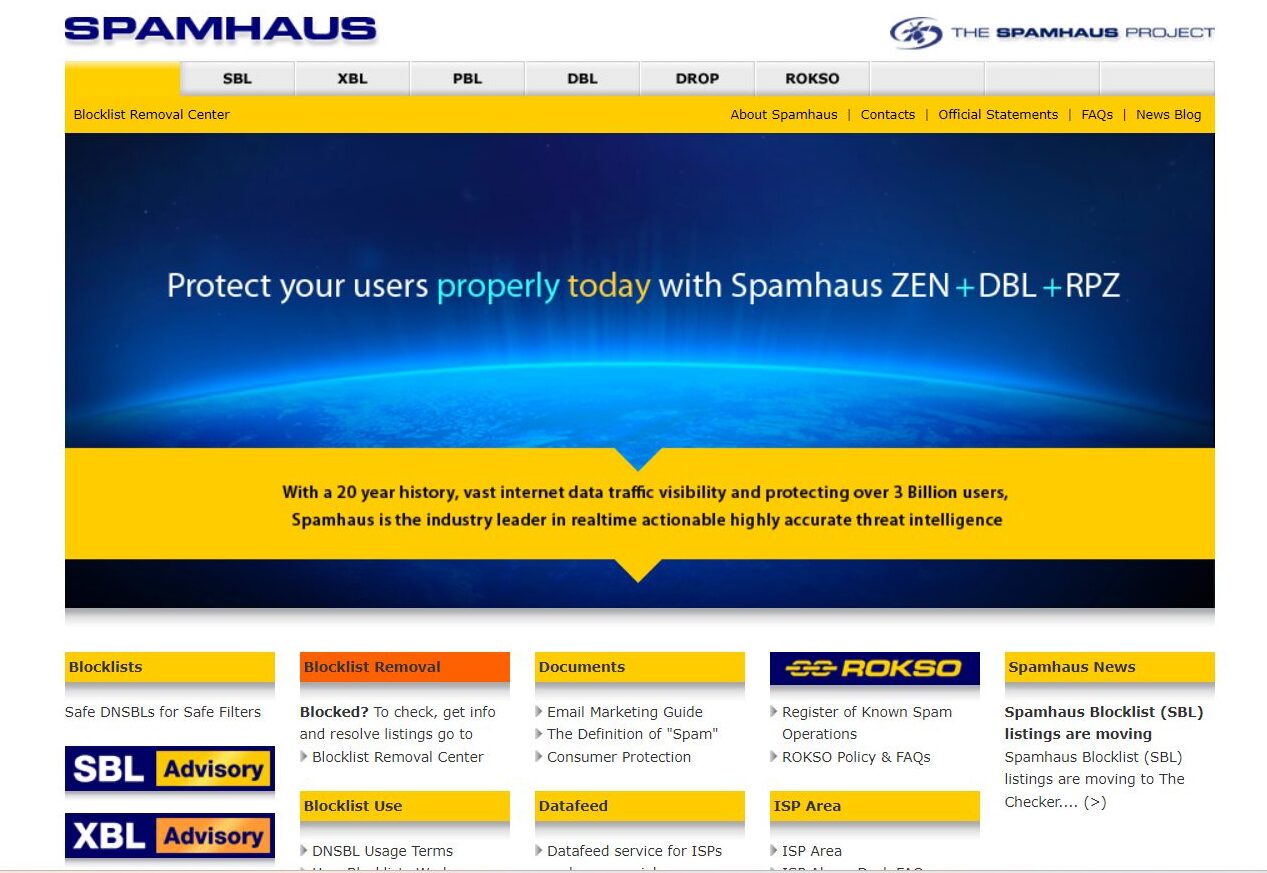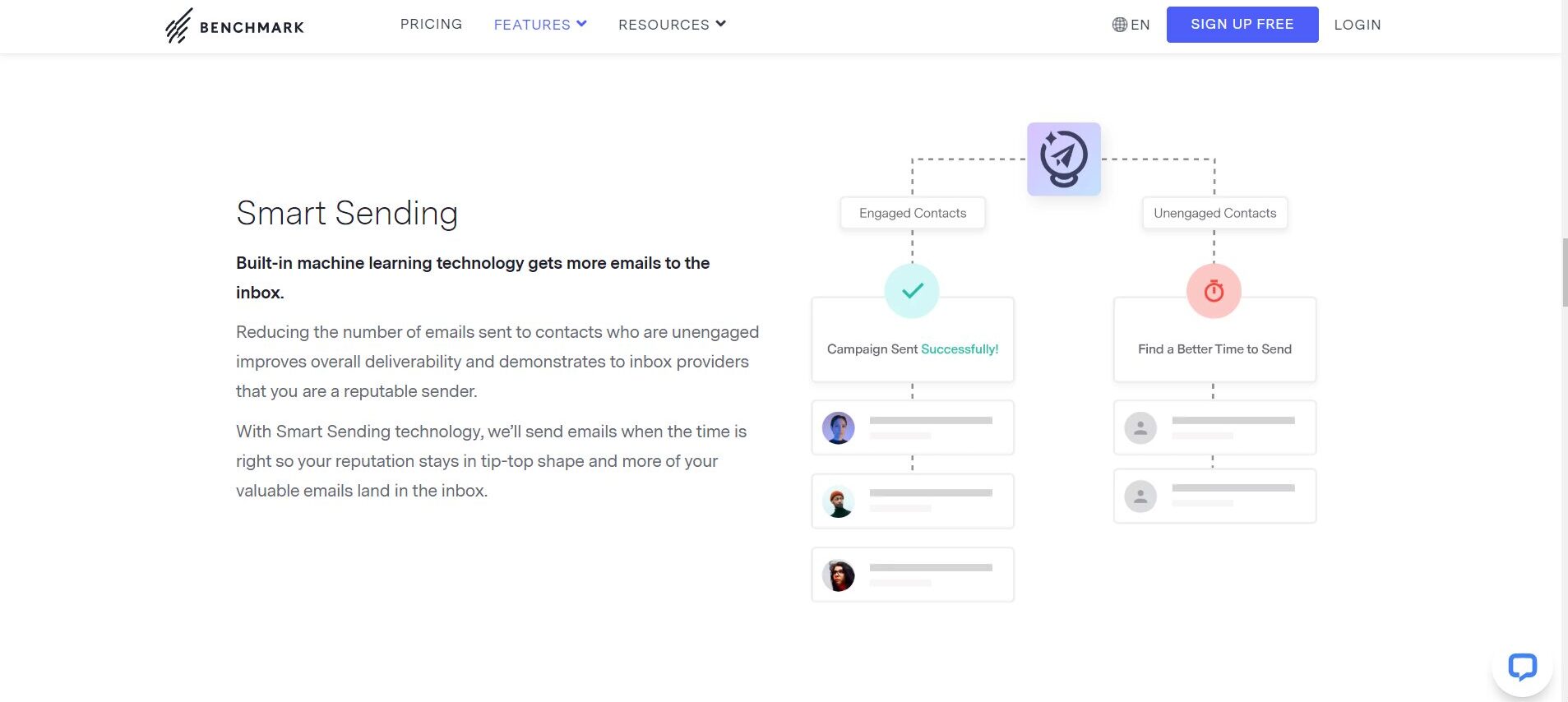9 Tools to Check Your Email Domain Reputation and Improve Your Sender Score
February 8, 2024 6 min read

In the vast landscape of digital communication, where inboxes are inundated with messages from every corner of the internet, your email domain’s reputation is a precious currency. It’s the key that unlocks the gates to your recipient’s inbox or consigns your messages to the dreaded realm of spam folders. Maintaining a sterling email domain reputation is not merely a matter of trust but a linchpin of effective communication and marketing.
In this article, we embark on a journey to explore the intricate world of email domain reputation and the invaluable tools that help you keep it gleaming. Whether you’re a business striving to ensure your marketing emails reach their intended audience or an individual looking to safeguard your personal correspondence, understanding and monitoring your email domain reputation is a vital endeavor. And with Google and Yahoo’s new spam requirements, these efforts are important now more than ever.
Join us as we delve into the significance of email domain reputation, the factors that influence it, and, most importantly, a curated selection of tools and services designed to illuminate the health of your domain’s standing in the eyes of email service providers.
The Importance of Your Email Domain Reputation
Your email domain reputation is of paramount importance in the world of email communication for several compelling reasons:
- Inbox Placement: A positive email domain reputation is the golden ticket to the inbox. Internet service providers (ISPs) and email providers use reputation as a key factor in their spam filtering algorithms. If your domain has a poor reputation, your emails are more likely to end up in spam folders, where they’re less likely to be seen.
- Trustworthiness: A strong email domain reputation signals to ISPs that your emails are legitimate and trustworthy. This trust factor is crucial for establishing and maintaining a positive sender-receiver relationship. It assures recipients that your emails are not fraudulent or malicious, increasing the likelihood that they’ll engage with your messages.
- Deliverability: Maintaining a good domain reputation directly impacts your email deliverability rates. Emails sent from domains with poor reputations may not even be delivered to the recipient’s inbox, significantly diminishing the effectiveness of your email marketing campaigns.
- Open Rates: When your emails consistently land in the inbox, it increases the chances of recipients opening and engaging with your content. A solid domain reputation helps improve open rates, a key metric for measuring the success of email campaigns.
- Conversion Rates: Engaged recipients are more likely to convert, whether that means making a purchase, signing up for a newsletter, or taking another desired action. A positive email domain reputation contributes to higher conversion rates by ensuring your messages reach the right audience.
- Cost-Efficiency: Maintaining a good reputation can save you money. Email service providers often charge based on the number of emails sent, so if a significant portion of your emails ends up in spam folders, you’re essentially paying to send messages that never get seen.
- Brand Credibility: Email domain reputation is closely tied to your brand’s credibility. Consistently delivering valuable and relevant content to recipients reinforces your brand’s image as a responsible and reputable sender.
- Customer Engagement and Loyalty: Email is a powerful tool for nurturing customer relationships. When your emails consistently reach the inbox and provide value to recipients, it fosters trust and loyalty, encouraging long-term engagement with your brand.
- Data Insights: Monitoring your email domain reputation can provide valuable insights into your email marketing efforts. If you notice a decline in reputation, it may signal issues with your email list quality, content, or sending practices, allowing you to take corrective actions.
- Legal Compliance: Maintaining a positive email domain reputation also helps you stay in compliance with email marketing laws and regulations, such as the CAN-SPAM Act in the United States and GDPR in Europe. Following these regulations is not only a legal requirement but also contributes to a positive reputation.
9 Tools that Will Help You Keep Your Sendability In Check
Keeping your email domain healthy requires some help. Here are some tools to look into that can help you keep your deliverability high and your email domain healthy.
1. Validity
Validity provides a sender certification that helps identify your specific deliverability challenges. This certification helps ensure your emails make it to the inbox and out of the spam folder.
2. BarracudaCentral
BarracudaCentral offers a free email reputation lookup tool that allows you to check your domain’s reputation and see if it’s listed in any email blocklists (blacklists).
3. Cisco Talos
Cisco Talos offers a reputation lookup tool that provides information on your domain’s email sending reputation, domain age, and other key metrics.
4. MxToolbox
MxToolbox offers a variety of email deliverability tools, including an email blacklist check and email header analysis, which can help you identify and address reputation issues.
5. Google Postmaster Tools
If you send emails through Gmail or G Suite, Google Postmaster Tools provides insights into your domain’s email deliverability within the Gmail ecosystem.
6. Microsoft SNDS (Smart Network Data Services)
If you send emails to Outlook and Microsoft email services, Microsoft SNDS offers data and insights into your sending reputation for those services.
7. Sender Score
Sender Score provides a reputation score for your sending IP addresses and domains, helping you monitor your email reputation.
8. Spamhaus
While primarily known for maintaining email blocklists, Spamhaus offers a Domain Blocklist (DBL) lookup tool that can help you check if your domain is listed.
9. Email Service Providers (ESPs)
Many ESPs provide built-in tools and reports to monitor your email delivery rates and reputation. They often offer recommendations for improving deliverability.
At Benchmark Email, we provide our users with tools that help them improve their deliverability and sender score.
- Contact rating: We rank our users’ contacts based on their engagement. This helps our users see who their most engaged users are so they can continue to target those users.
- Bounce rate checker: We keep track of our users’ bounce rates to determine their deliverability.
- Open rate checker: We also check our users’ open rates to determine how many of their subscribers are actually opening their emails. This metric, along with bounce rate, helps track engagement and deliverability.
- Smart Sending: Our Smart Sending feature automatically removes unengaged recipients from our users’ email sends. By not sending emails to unengaged recipients, our users can focus on those who are engaged and interact with their emails, which improves their deliverability and domain reputation over time.
Use the tools mentioned above to keep your sendability in check, ensure your emails make it to the inbox, and maintain a solid sender score. Good luck!




